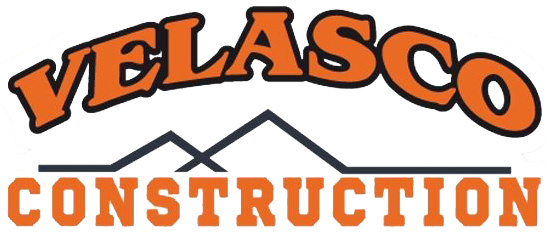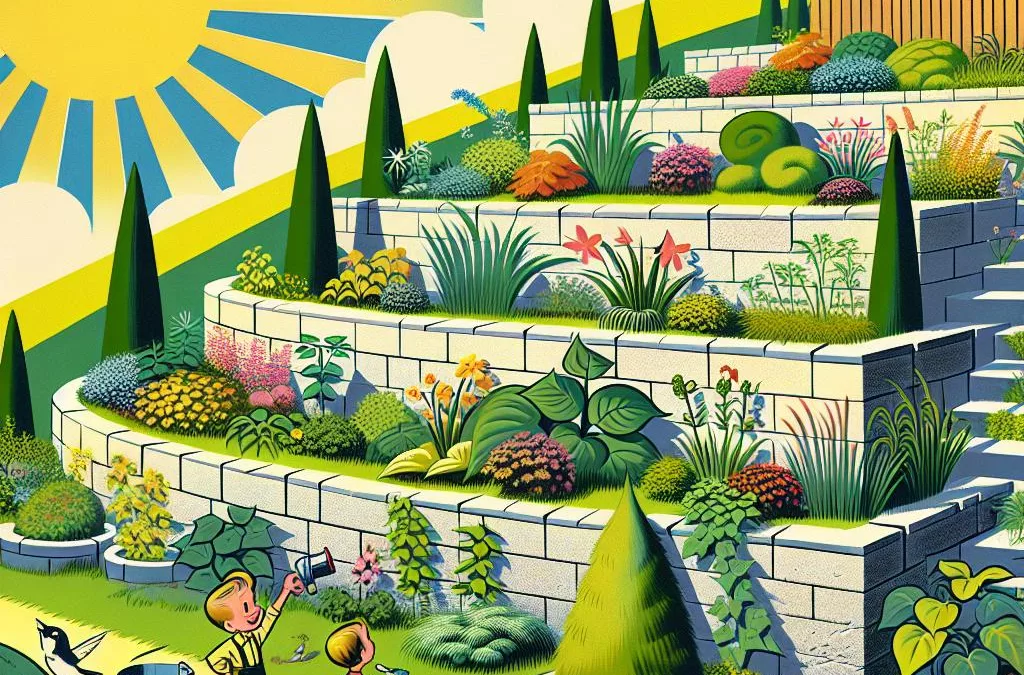Introduction
Retaining walls are an essential component of modern landscaping, providing both functional and aesthetic advantages. These structures not only offer support to prevent soil erosion and manage landscapes but also enhance the beauty and usability of your outdoor spaces. In this blog, we explore the numerous benefits of installing retaining walls and why they should be considered in your next landscaping project.
What Are Retaining Walls?
Retaining walls are rigid structures designed to hold back soil, providing necessary support for vertical or near-vertical grade changes. They are integral for managing sloping landscapes and can transform an otherwise unusable yard into a functional outdoor space.
Structural Support and Erosion Control
Structural Support
These walls provide essential structural support to large masses of soil, preventing potential hazards like soil slides and landslides. This is particularly crucial in areas with steep terrain, ensuring the safety and stability of your property.
Preventing Soil Erosion
Retaining walls are vital for preventing soil erosion caused by wind and water. They reduce surface runoff, effectively minimizing erosion and preserving the integrity of your landscape. This control over soil displacement is crucial for maintaining the beauty and longevity of outdoor spaces.
Effective Flood Control
By directing water flow, retaining walls offer effective flood control. Their design can integrate channels and drainage pipes, ensuring proper water management and protecting your property from excessive water damage.
Adding Functional Space and Aesthetic Appeal
Adding Functional Space to Your Yard
Terracing with retaining walls creates additional functional space within your yard. These terraces can serve as platforms for planting, showcasing features like gardens, or even housing patios, enhancing the usability of previously sloped areas.
Aesthetics and Design Options
Beyond functionality, retaining walls offer aesthetic benefits. Depending on the material and design, they can be attractive structures that add visual interest to landscapes. Options range from using natural stones for a rustic look to sleek modern designs with concrete blocks or wood.
Additional Benefits and Practical Applications
Enhancing Curb Appeal
Retaining walls contribute significantly to curb appeal by providing additional surfaces for decorative elements like container plants or outdoor lighting. They create a visually appealing backdrop for flowers and shrubs, enhancing the overall look of your property.
Creating More Space in Sloped Yards
For properties with sloped land, tiered retaining walls allow for the creation of flat, usable spaces. This transformation enables various landscaping opportunities and can include accessibility features like integrated stairs.
Customization and Versatility
One of the greatest advantages of retaining walls is their customization potential. These structures can be tailored to fit any landscape style, with a choice of materials such as brick, stone, or modular concrete blocks, ensuring they meet both functional and aesthetic needs.
Conclusion
Retaining walls offer a multitude of benefits from enhancing structural stability and erosion control to improving curb appeal and adding functional outdoor space. For anyone considering a landscaping project, incorporating retaining walls can transform your outdoor area into a stunning and practical environment.
Explore how retaining walls can elevate your landscape:

